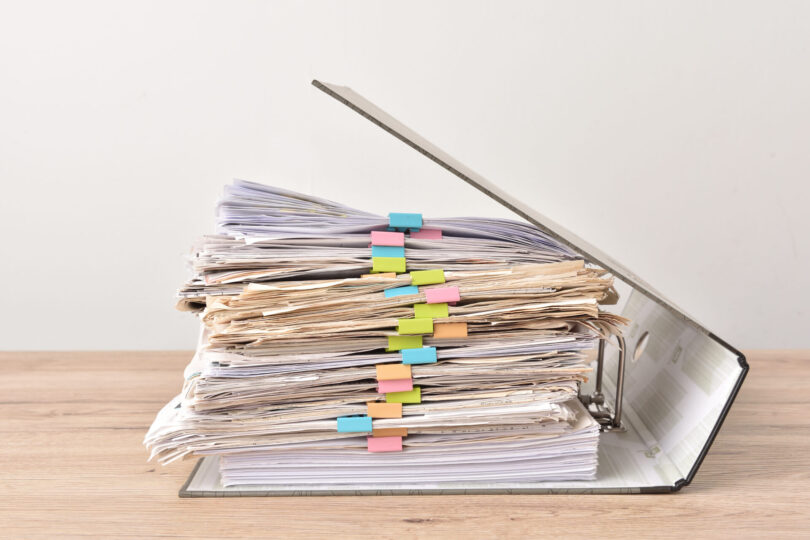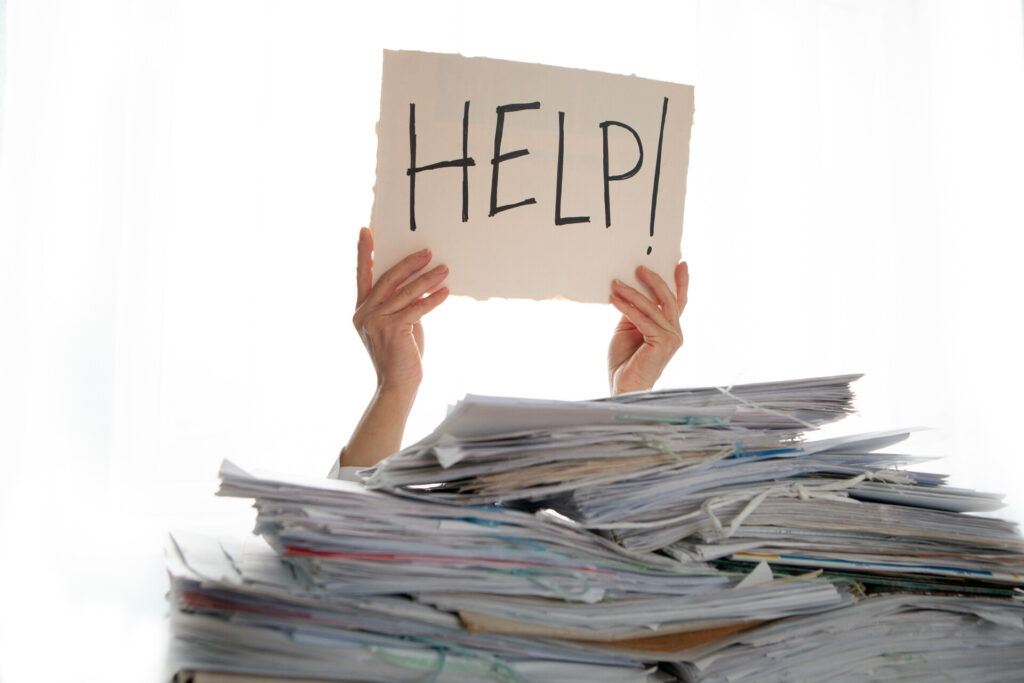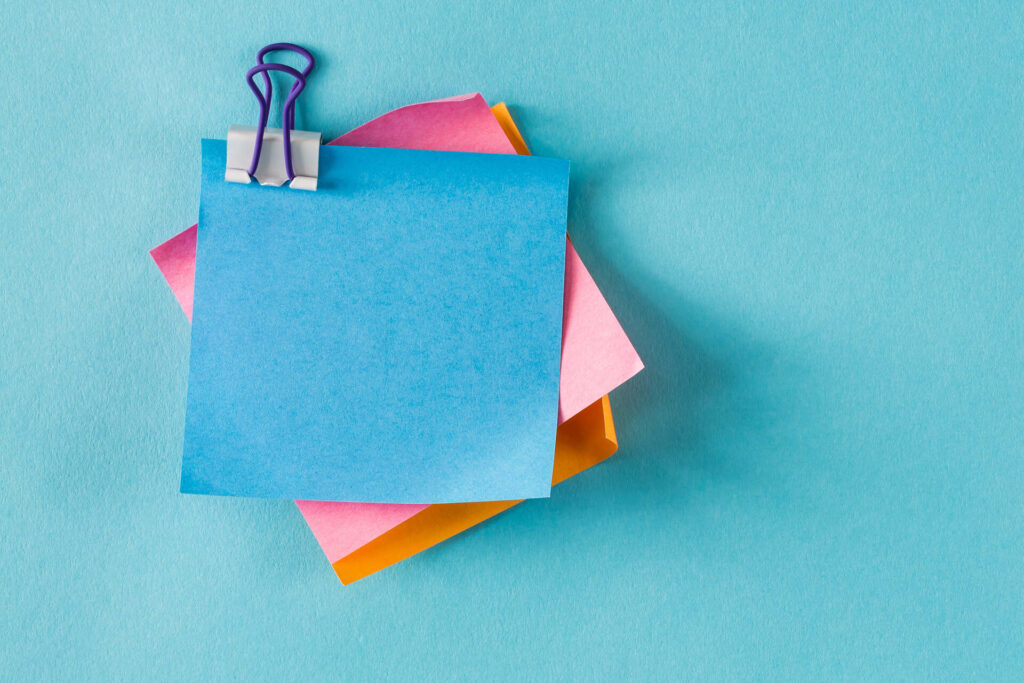Relocating can be an overwhelming experience – you have to ship all of your belongings thousands of miles away. That’s why it’s so important to create a moving binder to help you keep everything organized and running on schedule. It’s a necessary tool that helps you keep track of everything related to your relocation, from important documents to packing lists and inventory.


Relocating can be a very complicated task, whether you’re relocating across the country or across town. With so many details to keep track of, it’s easy to feel stressed and even overwhelmed. However, using a relocation binder organizer can help make your relocation easier and alleviate some of that relocation stress. It’s a tool that can help you stay organized and keep track of important documents, contacts, and other details related to your relocation.
One of the key benefits of an organizer is the ease of organizing and accessing documents. With binders, you can keep all the important documents related to your relocation in one place, making them easily accessible when you need them. This can include contracts, leases, insurance policies, and any other necessary documentation.
Additionally, it can make it easier to stay on top of important deadlines and tasks. You can use it to create a relocation checklist with specific tasks and deadlines for each step of the process. This can help you stay organized and ensure that nothing important falls through the cracks. You can also use it to keep notes on important conversations or other details.
Relocating can be an incredibly stressful experience, as it involves a significant amount of change and upheaval. However, using relocation binders can help reduce some of the stress associated with the process. You can keep all the important details related to your relocation together, which can help you feel more in control of the situation. This can be particularly important if you are prone to feeling anxious or overwhelmed by big changes.
By having all your documents and information organized in one place, you can also reduce the risk of misplacing important items and other relocation mistakes. For example, if you have a lease or rental agreement in your organizer, you won’t have to worry about losing it in a pile of papers or forgetting where you put it.

Creating an organizer for a long-distance move can be a great way to stay organized and reduce stress during the process. Here are some steps you can take to create a relocation binder for long-distance relocating:
When creating relocation binders, it’s important to include all the essential documents related to your move. Here are some of the key documents you should include:
If you wish to learn additional hacks for organizing documentation, take a look at the following video.
Organizing a binder can be a difficult task, especially if you’re not sure where to start. So, here are some useful tips and strategies for organizing one. From creating categories to color coding, these tips will help you stay perfectly organized.
One effective way to organize is to categorize documents by room. This means creating sections for each room in your home, such as the kitchen, living room, and bedroom. Within each section, you can include documents related to that room, such as inventory lists, packing lists, and any contracts or agreements related to the items in that room.
Another important tip for organizing is to use relocation labels. This means labeling each section with the appropriate category or room name, as well as labeling each individual document within the section. You can use labels or sticky notes to make it clear what each document is and where it belongs. This can help prevent confusion and make it easier to find what you need when you need it.

There are many free printables available online that can aid you in organizing everything related to your relocation, from packing lists to inventory sheets to checklists. These printables can be customized to fit your specific needs and can save you time and effort when organizing your binder. For example, you can use a printable relocation checklist to break down the tasks you need to complete before, during, and after relocating.
There are many different types of printable templates that you can use to organize your binder, each designed to help you keep track of different aspects of your relocation. Here are some of the most common types of printable templates and what to include in them:
There are several things you can do to make the relocation process easier and more manageable. Here are some additional tips for mastering the art of relocation:
Cross-country moving can be a stressful experience, but there are many things you can do to manage that stress and ensure an efficient move. In addition to creating a binder and staying organized, there are several other things you can do to make the process easier. One important step is to include additional items in your binder that can help reduce stress and make the process more manageable.
Relocating can be an emotional experience, and it’s important to seek support from friends and family during this time. Consider reaching out to loved ones for help with packing, organizing, and emotional support. This can not only make the process easier and more efficient, but it can also provide a sense of connection and community during a time of transition.
The process of relocating is often emotionally exhausting, so it’s important to practice self-care during the move. This means taking breaks when you need them, getting enough sleep and exercise, and making time for activities that bring you joy and relaxation. You may also want to consider meditation or other mindfulness practices to help you manage stress and stay centered.
If you’re relocating somewhere far away, it may be worth considering hiring professional long-distance moving services to help you out. A reliable relocation company can help you pack, transport, store your belongings and unload them, making the process faster and more efficient.
They also offer storage services, which is especially useful for last-minute relocating. Hiring a relocation company can provide peace of mind that your belongings are being handled safely and professionally. Just make sure to check on the Better Business Bureau if the company is licensed.
Creating a relocation binder can be an excellent idea and an invaluable tool in helping you stay organized and reduce stress during a move. By including essential documents and using printable templates, you can keep all your affairs in order and ensure a successful relocation.
However, don’t be afraid to reach out for help when you need it – contact us and let Trico Long Distance Movers take care of your move.
Relocation binders are physical or digital organizational tools that help you keep track of all the information and documents when relocating. They typically include packing lists, inventory sheets, contact information, and important documents such as leases, contracts, and insurance policies.
Binders can help you stay organized and reduce stress during the relocation process. They allow you to keep all the necessary information and documents in one place, making it easier to access them when needed. They help you stay on top of your to-do list and ensure that nothing important is forgotten.
Some important documents to include in your organizer are:
To create one, you can use physical binders or digital tools such as spreadsheets or note-taking apps. Start by organizing your documents and information into categories, such as contracts, insurance, and inventory. Then, label each category and add the corresponding documents.
Yes, you can use digital documents. Many people find it more convenient to use digital tools such as spreadsheets or note-taking apps, especially if they’re on the go. Just make sure to back up your digital documents to prevent losing important information.
Color coding can help you quickly find the information you need. You can use different colored tabs or labels to indicate different categories, such as contracts, insurance, and inventory.
Make sure to update it regularly and keep it in a safe and easily accessible location. You can also use dividers or labels to keep the different categories separated and easy to find.
Yes, there are many free printables available online that can help you stay organized. These include packing lists, inventory sheets, and checklists to keep you on track.
During the move, keep it in a safe and easily accessible location, such as a carry-on bag or a locked box. Make sure to keep it with you at all times to prevent losing important documents.
It’s a good idea to start creating your organizer as soon as possible, ideally a few months before your relocation. This will give you plenty of time to gather all the necessary information and documents and ensure that everything goes smoothly.